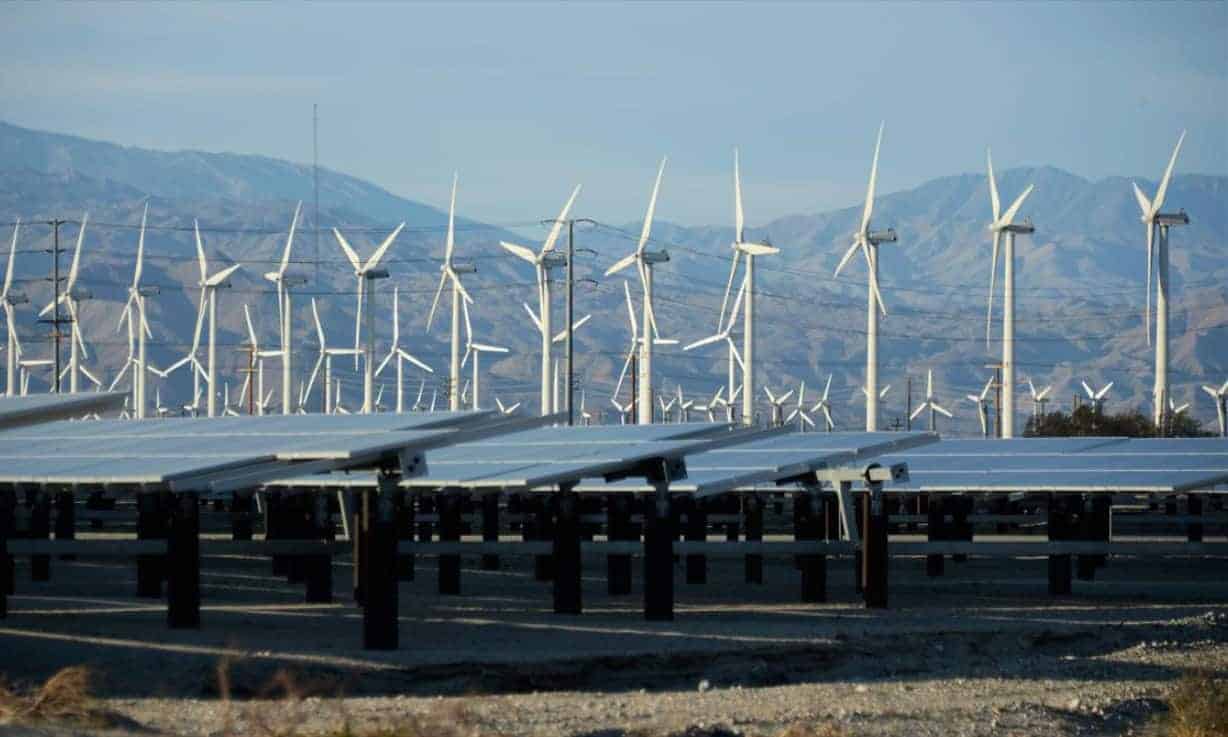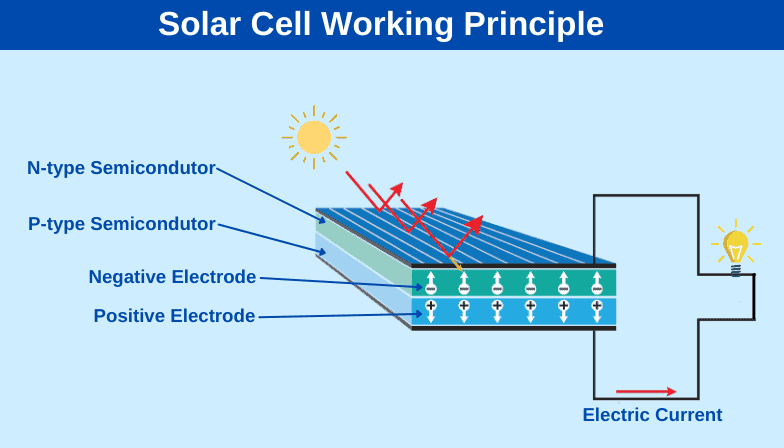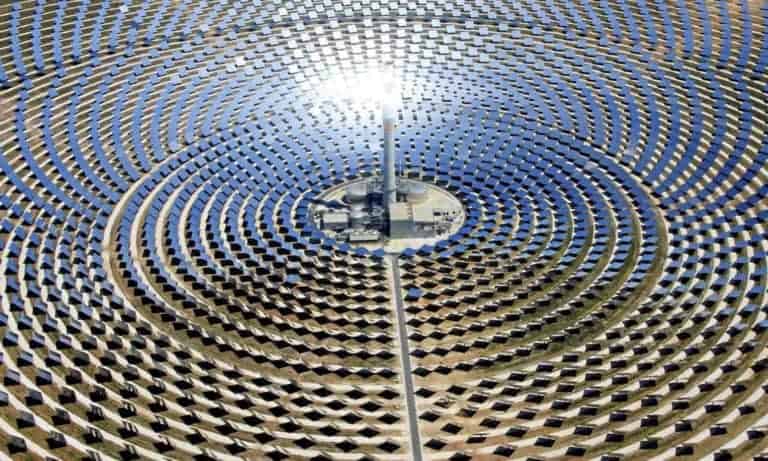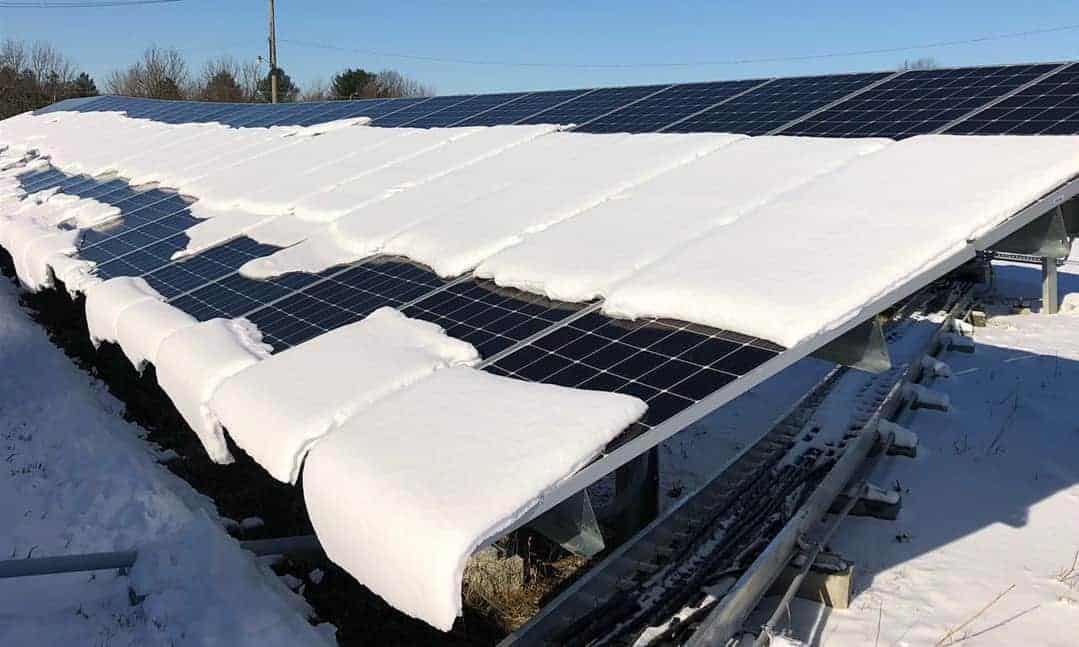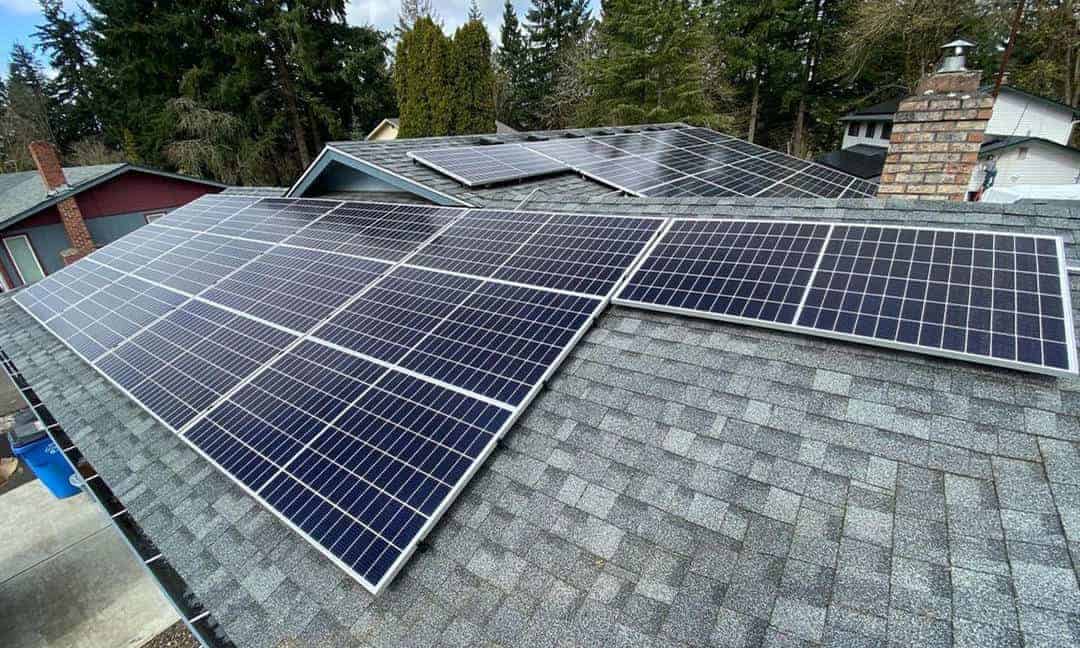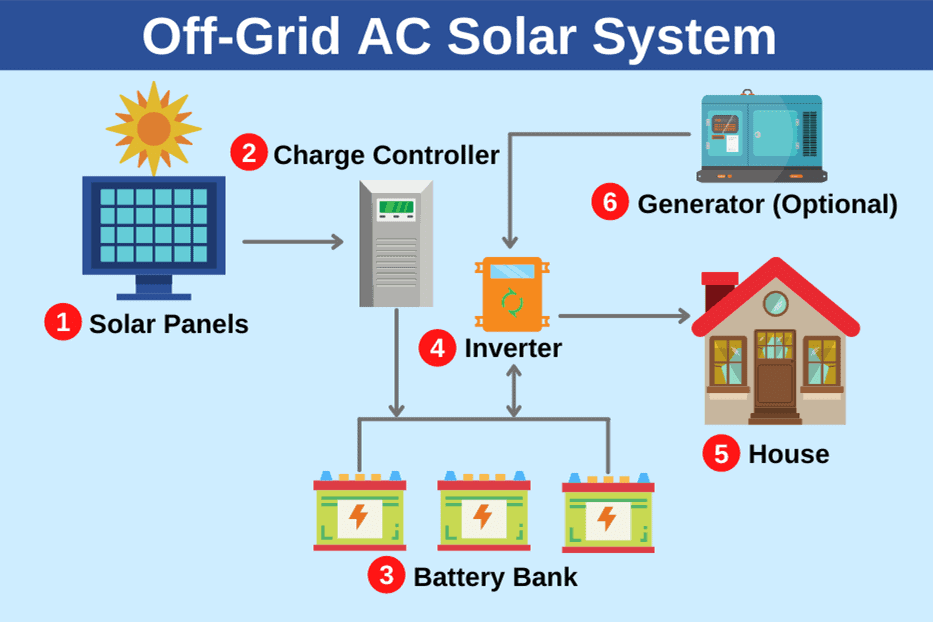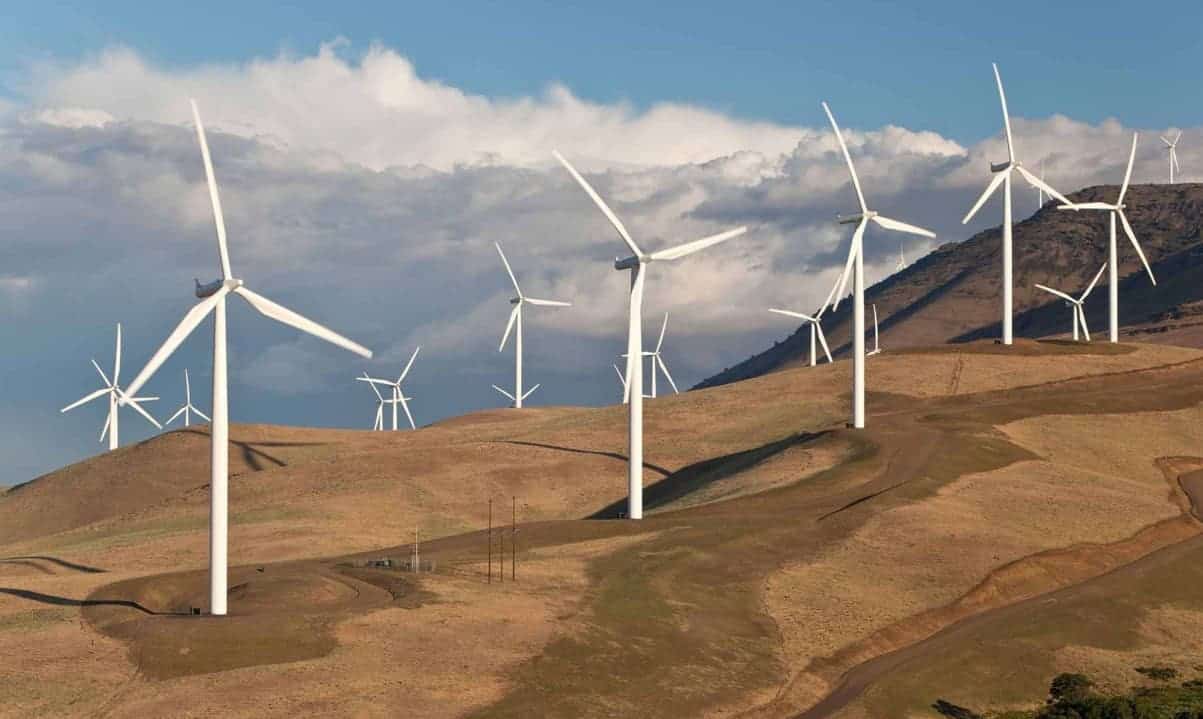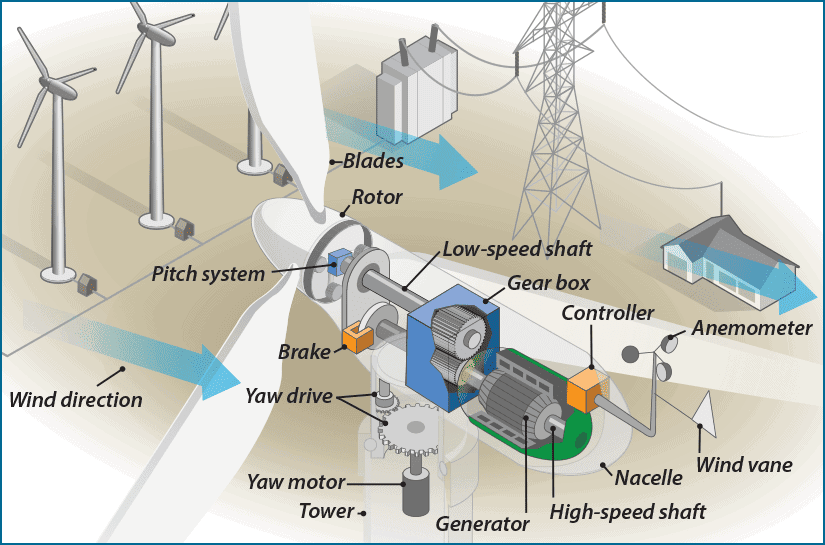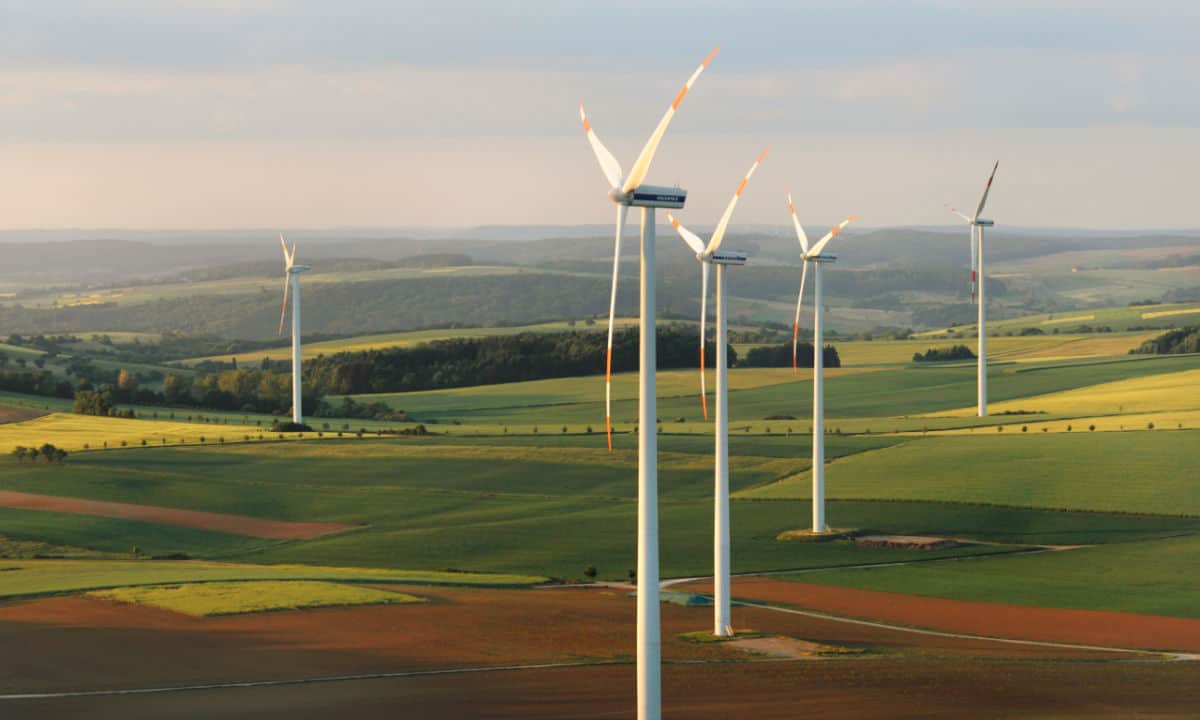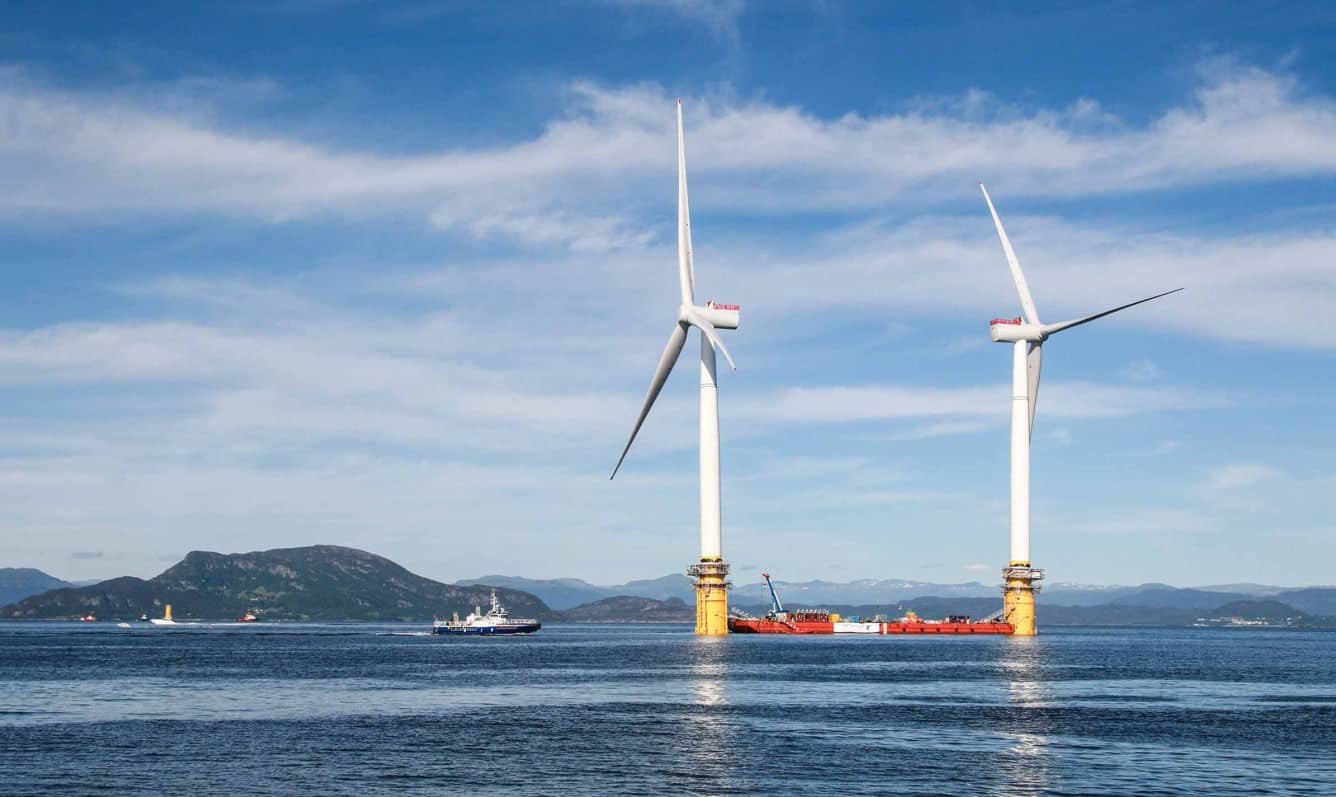Solar and wind energy systems are clean technologies that have many benefits in store for you. These benefits go beyond saving big on your electricity bills.
By harnessing the power of free, never-ending energy resources like solar and wind, you significantly reduce your carbon footprint. This helps you contribute to fighting that hole in the ozone layer.
What’s more, there’s a good chance that you can access one or both of these energy sources in your area. Thus, you might find it relatively easy to tap into these energy sources for personal or commercial use.
If you’re trying to weigh between solar and wind before making that huge investment, then hung on there. Today, we dissect these two clean technologies and lay bare the pros and cons of each option.
So, keep reading to learn the critical insights that’ll help you march forward with your investment.
What Is Solar Energy?
Solar energy is the type of renewable energy that comes from sunlight. The solar panel captures the sun’s rays and converts them into thermal or electrical energy.
Solar power technologies harness the sun’s energy to serve many purposes. For instance, this renewable energy can generate electricity, provide comfortable lighting, or heat water for domestic or industrial use.
The use of solar energy is more prevalent in the U.S. now more than ever. By 2024, it’s projected that more than 2.5% of all American homes will have a solar installation. This is because solar power is cheaper and more accessible than wind power.
Fun Fact: We would need just 25 solar panels per person to cover the total US domestic energy usage.
How Does It Work?
There are several ways of harnessing solar energy for usable power. Let’s discuss the two main ways: Photovoltaics (P.V.) and Concentrating Solar-Thermal Power (CSP).
Photovoltaics (P.V.)
You must have seen black, shiny panels hoisted on rooftops or even used in solar farms. These panels contain photovoltaic cells, which help convert photons from the sun’s rays into electrons.
When the panels come in contact with sunlight, the P.V. cells in the panel absorb photons in the sun’s rays. These photons go through an electronic process inside the P.V. cells, where they’re converted into electrons.
Electrons are charged currents that can be made into electricity and used to power things. Photovoltaics are ideal for residential solar panel installations and other small-scale electricity projects.
Concentrating Solar-Thermal Power (CSP)
Concentrating Solar-Thermal Power (CSP) is another common form of producing energy from the sun. The CSP systems may consist of two major components: reflectors (mirrors) and a thermal energy storage system.
The mirrors reflect and concentrate the sun’s rays onto a receiver, which is typically a heat transfer fluid. The fluid collects solar energy and forms the steam used to power electricity-generating turbines. The system stores electricity in a thermal energy storage system for use when needed.
Solar thermal capture is used primarily for massive electricity production in giant power plants. Solar thermal projects are also associated with lower temperature variations. Therefore, they’re useful for heating and cooling.
What Are the Benefits of Solar Energy?
It reduces environmental pollution.
An average American home creates approximately 15,280 pounds of CO2 per annum. Solar power is clean and emissions-free. By switching to solar energy, you can eliminate the emissions of harmful pollutants or greenhouse gases associated with your household energy consumption, up to around 15,280 pounds per annum.
It reduces your energy bills.
When you generate your own electricity, you insulate yourself from the rising energy costs. This boosts your energy self-reliance and saves on your energy bills. Plus, if you generate more than you use, you can sell the unused electricity and make the most of your green investment.
It’s applicable everywhere.
Solar panels can be installed on buildings in rural, urban, and suburban areas. They’ll work even in cold climates as long as the panels are receiving the sun’s rays. Solar energy can be a practical option in remote regions with no access to electricity.
Solar panels are virtually maintenance-free.
Once solar panels are installed, they can last more than 30 years. They don’t require a lot of maintenance either. All you have to do is clean the panels a couple of times a year. You might also want to replace the inverter after 5-10 years for maximum efficiency.
Solar panels make no noise.
Solar panels are silent because they convert sunlight directly into electricity without any mechanical processes. They use photovoltaic cells to convert the sun’s rays into usable energy for homes, buildings, swimming pools, and more. Their quietness makes them ideal for more populated areas.
What Are the Shortcomings of Solar Energy?
It’s weather-dependent
Although solar panels can still capture the sun’s rays during cloudy and rainy days, their efficiency will dramatically drop. Furthermore, they won’t harvest solar energy at night. You might want to consider thermodynamic panels if you want a
High upfront costs
The initial cost of purchasing materials and installing them is relatively high. The materials include solar panels, batteries, inverters, and wirings. It will cost you around $18,000 to have your solar system installed. However, the price will vary depending on where you live, how many panels you want to be installed, and what financial incentive programs you’re eligible for.
Space limitations
If you want to generate more electricity, you’ll need to install more solar panels to collect as much sunlight as possible. Solar panels need a large space commitment to satisfy your energy needs. So, if your roof isn’t large enough to accommodate your preferred number of solar panels, you’ll have no choice but to install fewer panels.
Geographic limitations
Solar power companies serve specific geographical locations. Getting service from solar companies can be challenging if you live outside of their service areas. Things can get even worse if you live in a rural area.
Storing solar energy is expensive.
As expected, power from solar has to be used right away since they run on D.C. You can purchase large batteries used in off-the-grid solar systems to store solar energy. However, such batteries are pretty expensive.
What Is Wind Energy?
Wind energy is a kinetic (motion-based) type of renewable energy generated from the movement of air relative to Earth’s uneven surface. In the U.S., wind power has become a significantly more popular source of renewable energy than solar power.
In 2020, the total annual U.S. electricity generation from wind power was about 338 billion kWh. This represents about a 332 billion kWh increase in wind electricity generation from back in the 2000s. The reason for this massive increase is partly because of the advancement in wind technology as well as government incentives.
The main advantage of wind over solar is that it’s independent of the sunlight. As such, it can generate electricity 24 hours a day. However, there’s a catch – wind turbines must be installed high above any obstacles to get the most out of the wind.
Fun Fact: The United States’ first wind engine company was founded in the 1850s.
How Does It Work?
Technically speaking, wind energy is a form of solar energy. In order to create wind, the sun must heat the air above a section of land. As you already know, hot air is lighter than cold air of the same volume.
That means the sun’s heat causes hot air to rise and cold air to settle down and fill the vacuum left by that hot air. The difference in atmospheric pressure between hot and cold air creates a gust of wind.
The turbines (long slender blades) are oriented in the direction of the wind. When wind flows over turbines, the air currents apply pressure on the blades causing them to turn. The wind spins three main components of the wind turbine:
The Rotor
The rotor consists of three blades that spin at 30-60 revolutions per minute (RPMs). They capture the wind’s kinetic energy and convert it into mechanical rotational energy.
The Multiplier
The multiplier boosts the rotational speed from about 30 to 1500 RPMs. There’s an internal shaft connecting the multiplier to the engine.
The Generator
The generator converts the mechanical rotational energy into electrical energy. This wind turbine component contains an assembly of magnets, which use electromagnetic induction to generate a voltage in a coil of wire.
For wind turbine generators to work effectively, they need faster revolutions between 1000 and 1800 RPMs. Therefore, the lower speed shaft connects to a higher speed shaft via a gearbox to increase the spin rate and energy conversion.
The entire wind turbine assembly consists of an underground cable that carries the electrical power to a transformer substation. From there, the distribution networks of the various wind electricity companies transport wind power to homes, schools, factories, among other recipients.
What Are the Benefits of Wind Energy?
It’s a clean, renewable fuel source.
The wind is a free, unlimited, and renewable fuel source. Unlike coal or natural gas, it doesn’t rely on fossil fuel combustion to produce electricity. It emits no atmospheric pollutants that can cause greenhouse gases, smog, or acid rain.
It’s cost-effective
Wind power is one of the cheapest energy sources in the world. It costs 1-2 cents per kilowatt-hour, and prices keep dropping. Besides, wind farms sell the electricity at a fixed price to mitigate the price uncertainty associated with traditional energy sources.
It requires minimal operational costs.
Wind energy requires few running costs when the turbines are in their peak working condition. The turbines can safely run for more than 20 years without a problem. This, combined with low initial costs, makes wind energy a sustainable source of energy.
Wind turbines can be installed on farms and ranches.
It’s possible to build wind turbines on existing farms and ranches without a negative impact on farming. The electricity-generating turbines require open fields to ensure the wind is non-turbulent and unimpeded. This allows farmers in rural areas to rent their small plots of land to power companies and earn a source of income.
It can be produced domestically.
Wind is a domestic source of energy that can significantly reduce foreign energy dependence. The nation’s wind supply is unlimited. Over the past decade, the wind power capacity has steadily grown to become the largest renewable power in the U.S.
What Are the Shortcomings of Wind Energy?
The windiest areas are usually remote.
The biggest problem facing wind energy production is that good land-based wind sites are typically found in remote locations. Transporting the wind energy from the remote wind farms to the city can be expensive.
The wind is an intermittent power source.
Like solar, wind can be unpredictable. The speed and direction of the wind will determine the amount of electricity produced. That means wind turbines may not provide the same amount of energy all the time.
Wind turbines can impact local wildlife.
Spinning turbine blades have been known to kill birds and bats. While the technology behind the sitting wind plants can resolve some of these problems, they cannot mitigate them completely. Wind projects can also alter the habitats of marine life, making them unsuitable for certain species.
Wind turbines can be noisy and aesthetically unappealing.
Wind turbines are noisy and less ideal for residential use. Even though there are quieter turbine blades, most models make noise. Turbine blades can also have negative visual impacts on the landscape.
Solar and Wind: Which Green Energy Source Is Better?
Both solar and wind have their advantages and disadvantages. On the one hand, solar energy is a more practical option for residential electricity consumers looking to cut their electricity expenses. Solar panels are the perfect fit for densely populated areas.
On the other hand, wind energy is more efficient than solar energy. A single wind turbine can have a power equivalence of about 48,704 solar panels. As a result, wind power makes the most sense for utilities looking to source more electricity from dependable renewables.

